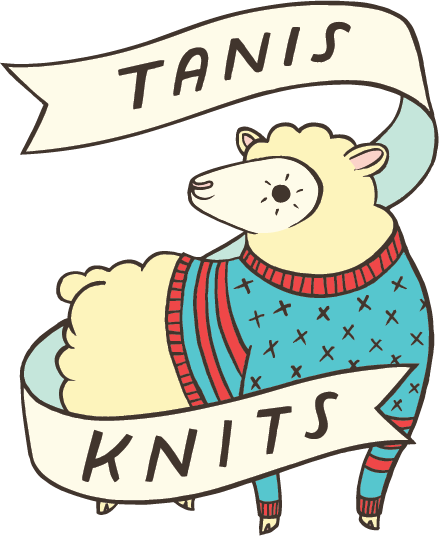I make no secret of my life-long obsession with Fair Isle knitting. It's always been my favorite technique, it's what I teach the most, and it shows up in my design work again and again. For some people it's diamonds, others prefer dark chocolate, but for me it's Fair Isle knitting.

Our summer family adventure to Sweden, Denmark, and Norway only fueled that fire and I could have spent years there exploring the knitting, the history, the drawers of knitted samples in the museums, and the yarn shops. We only had a few weeks, but it was a trip of a lifetime and our 5-year old son embraced it as much as my husband and I did. I hope someday we'll go back. Our daughter, who is due in March, will sport a Scandinavian name, and I hope this inspires her to appreciate the traditions and history coming out of that part of the world.
I recently ran across this article from November written by a travel writer sent on assignment to Selbu, Norway. For my fellow Fair Isle nerds, this should instantly bring to mind one of the most popular Fair Isle knitting designs - the Selbu Rose. The photos are stunning, and perhaps it will inspire you and yours to book a trip to Scandinavia soon. Original article found here.
In September, I was sent on assignment for Korean Air’s Morning Calm magazine. My job was to hop across the border into Norway and photograph the story behind the iconic Norwegian knitting symbol called the Selbu Rose. I thoroughly enjoyed this particular assignment because I love exploring culture through lifestyle and tradition. Absolutely love documenting people who create and build and design with their hands. From farmers, fishermen, and chefs driving farm/sea to table movements to artists such as mosaic artist Luca Barberini preserving tradition while reinventing historic mediums and making them relevant again.
Considering Selbu itself is a tiny village in the middle of Norway close to Trondheim, this wasn’t a place one just flew into and tried to get the photos one needed on assignment. It was absolutely crucial for me to get in touch with someone on the ground before arrival.
This meant delaying my trip for a week but I was glad I did because Selbu’s Folk Museum runs very limited opening hours over the summer, and is only opened upon special request outside of summer hours. A blessing in disguise because, in addition to picture-perfect weather, I was able to connect with museum director Birgitta Odén, a wonderfully vibrant lady with a warm soul, bright red hair, and a living manifestation of what it is to live and breathe a cultural tradition. In this case, the 8-point patterned star called Selbu Rose – from her sweaters to her car seat covers.
And she personally guided me around Selbu including airport pickup and drop off.
The rose pattern itself courses through the veins of village. The official Selbu coat of arms is a silver background with three black selbu roses, patterns are carved into wooden fences, flags fly the rose, the rose is etched in concrete and made as the facade of glass windows, and the world’s largest mittens according to the Guinness Book of Records can be found here in Selbu.
Beyond novelties, Selbu is steeped in Norwegian history. It is home to the Norwegian Radio Museum where you can learn about the history of the radio from 1890 up to today. The main reason I was going, The Selbu Folk Museum, focuses on just how important knitting is to Norwegian culture and it focuses on the Selbu mittens and rose patterns. Other claims to fame are its farm museum at Granby Gård which chronicles Selbu emigration to American during the 19th century. Also chronicled in the museum is the story of one of the most notorious serial killers, Belle Gunnes, said to have killed close to 40 people during her lifetime including her boyfriends, suitors, and children.
Uhmmm. Back to knitting…
The article written by author and knitting expert Lela Nargi is now out in the November 2016 issue of Korean Air’s Morning Calm and a few photos were chosen to illustrate the piece. But I wanted to share a lot more photos from the assignment on the blog so here are some of my favourite photos from Selbu, Norway, to show you some of what I experienced during the trip.










































Getting there – Your best bet is to fly into Trondheim, rent a car, and drive 30 minutes to the village. To view more photos from Selbu, Norway, check out my image bank of photos.
